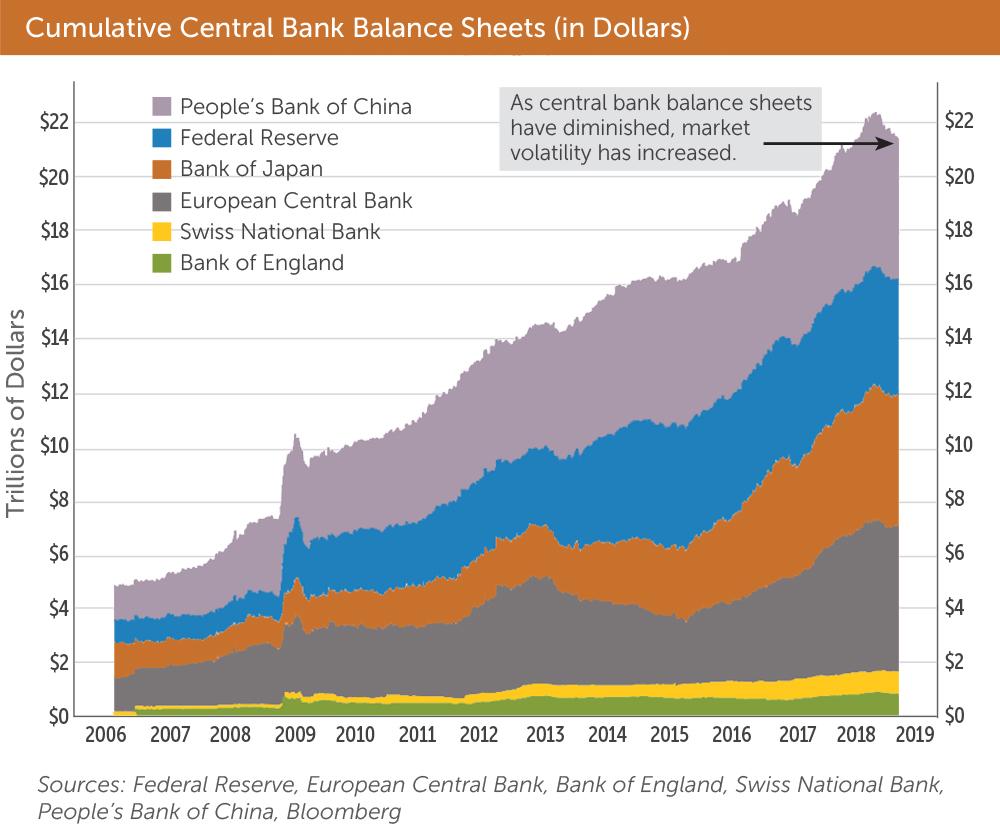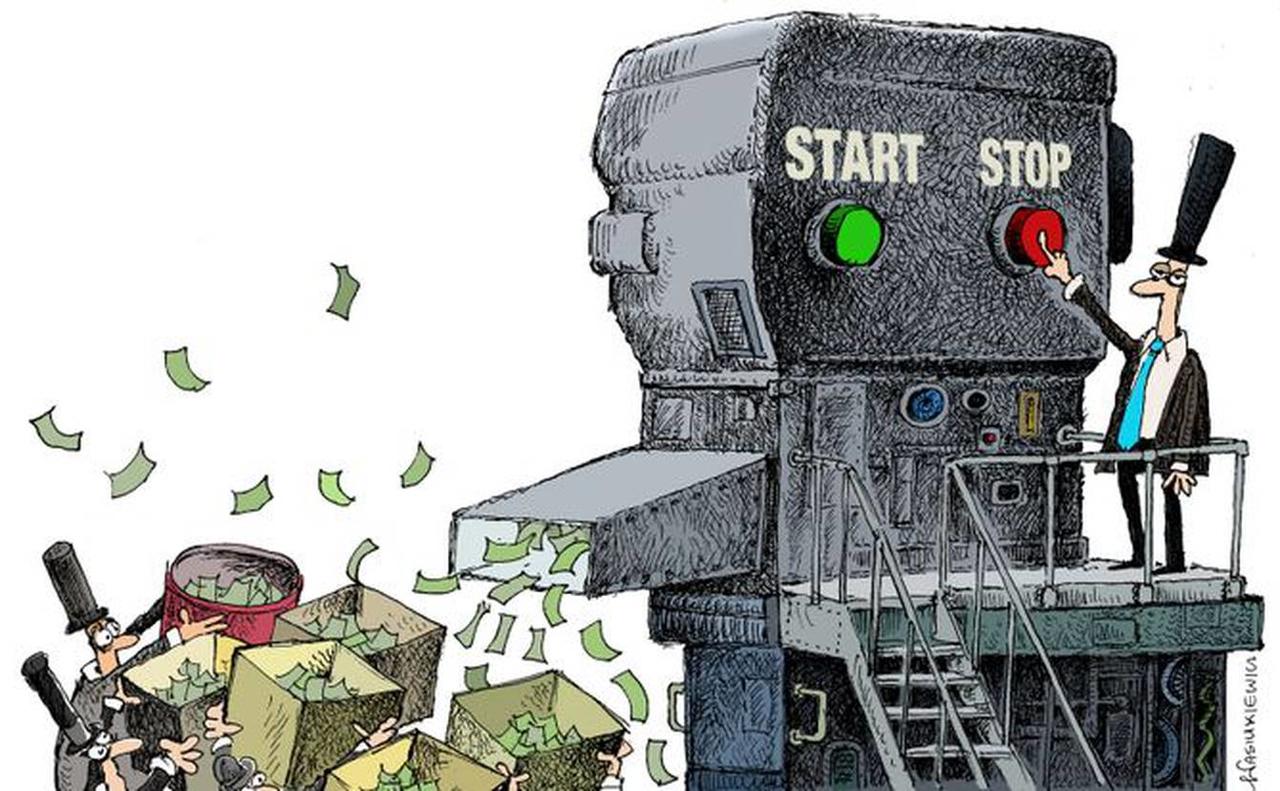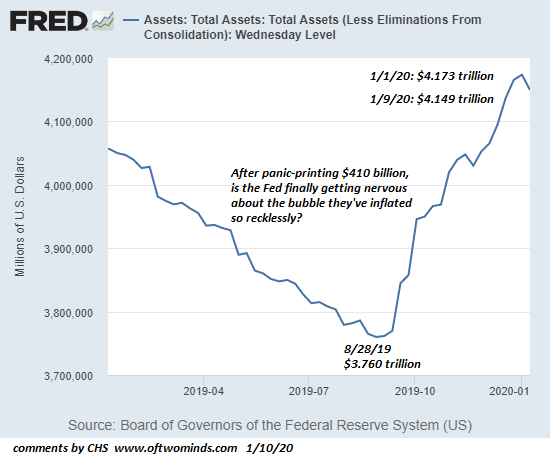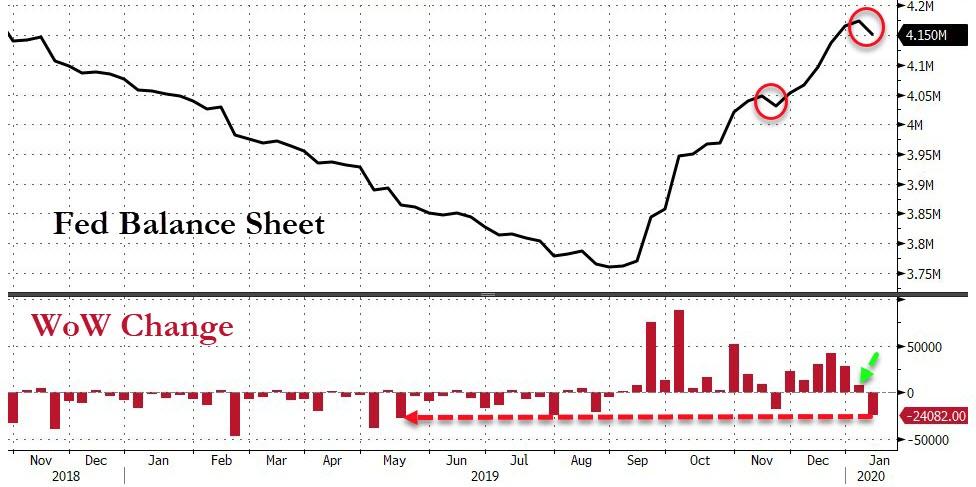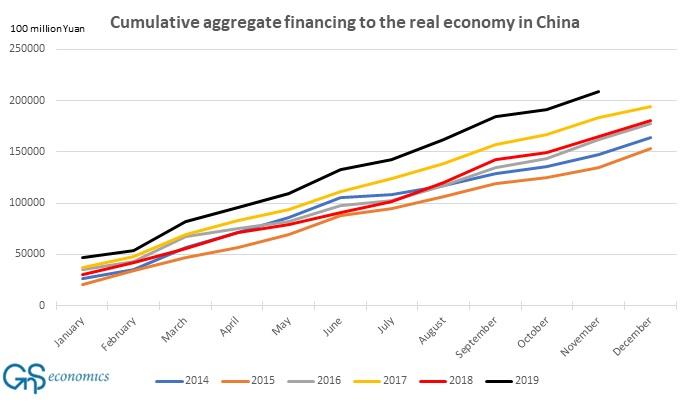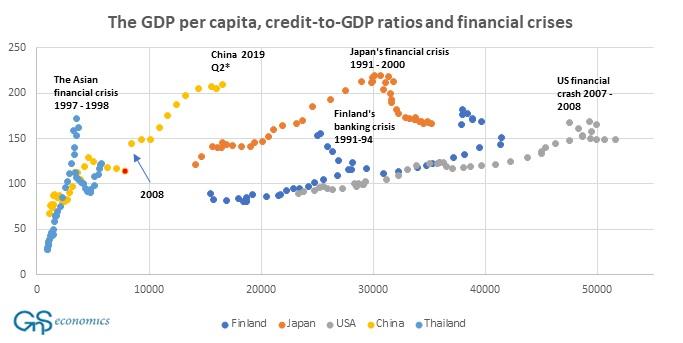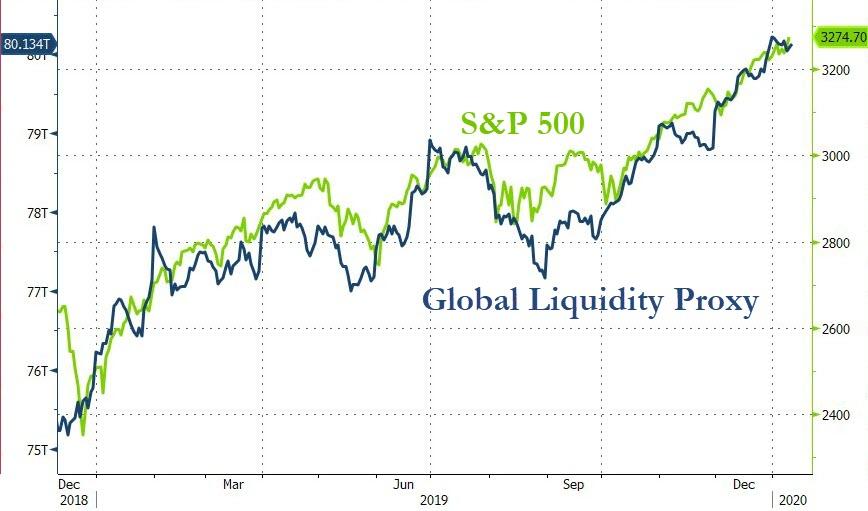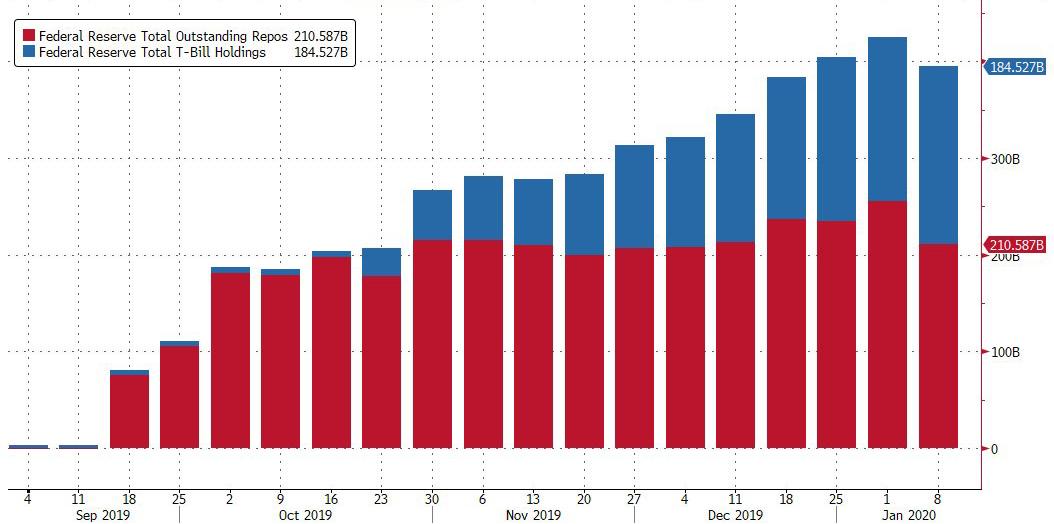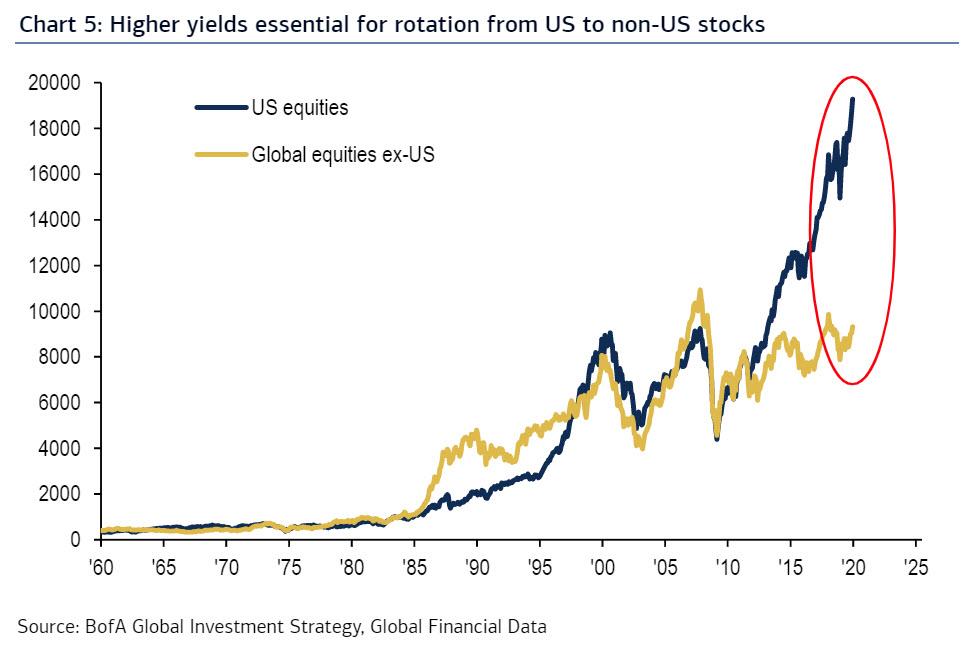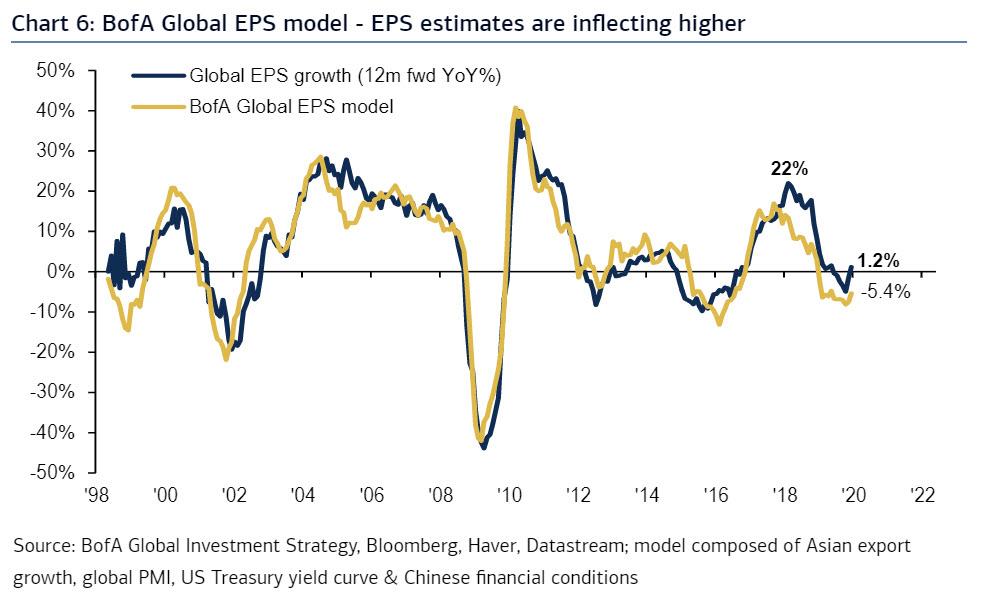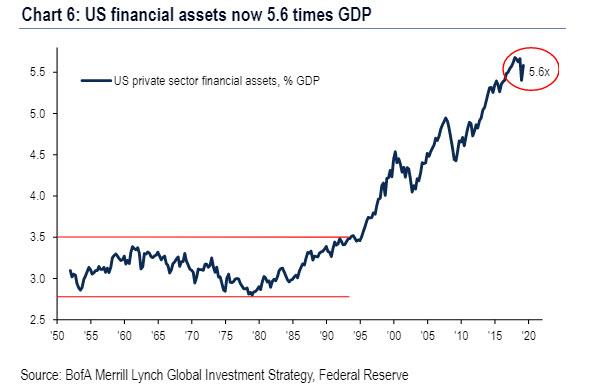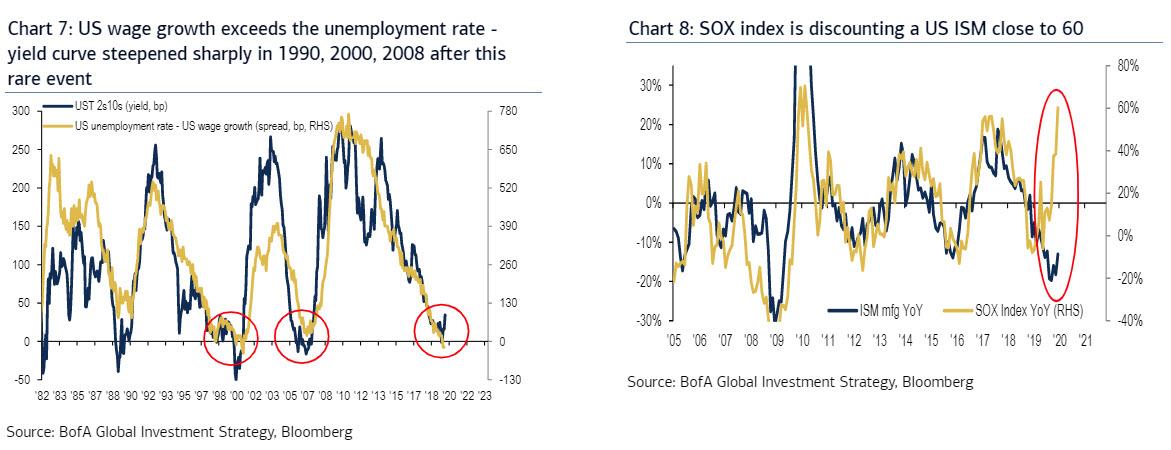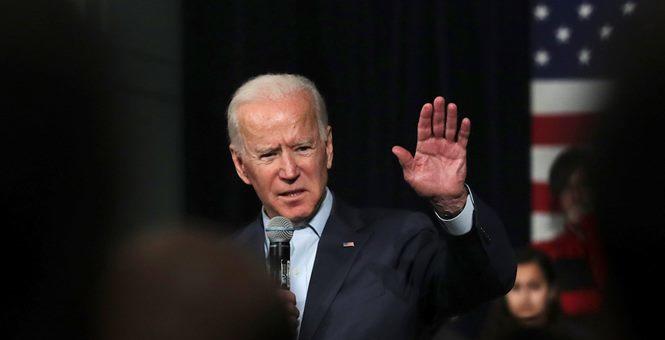Believing In Illusions – Our Five Favorite Financial Myths
Authored by Bruce Wilds via Advancing Time blog,
It is far easier to believe the five favorite financial myths of our time when you are rolling in dough and flush with cash. Due to a slug of freshly printed liquidity being pumped into the global financial system stock markets are making new highs and asset bubbles continue to expand. An increase in liquidity results in people feeling comfortable to take on more risk and this tends to swell leverage. During such a time true price discovery has a way of being diminished.
Whether it is a question of people generally just being too lazy to question what they see or lacking the imagination to pull back the curtain to reveal the truth they often choose to accept what is presented to them as reality rather than go to the effort to seek the truth. A myth is often defined as any invented story, idea, or concept, an imaginary or fictitious thing, or an unproved or false collective belief that is used to justify a social institution. The entertainment industry has flourished as society seeks any diversion to pull our attention away from the sharp edges of reality and into the soft comfort of escape. This may be the result of past experiences where we have learned reality can be hard to face and we can’t handle the truth! In some ways, it could be said that our culture has become obsessed with avoiding what is real.
Central Banks Failed To Stop (click to enlarge)
To say the system has been stoked by the actions of central banks is an understatement. In just the last few months nearly a trillion dollars of new stimulus has been poured into the markets. It comes in the form of repo injections, new infrastructure programs, and things like slashing bank reserve requirements. A desperate attempt by central banks to keep the wheels from coming off the bus has been interpreted by many as confirmation the current trend of never-ending growth will continue. Rather than considering it is time for a reality check it is both easier and more comforting to adopt an “all is well” attitude and ignore the signs of danger lurking around the corner.
The crux of this article is about some of our society’s favorite myths that feed directly into the economy and how we feel about our financial security. While it could be argued the myths below have more to do with how we feel about life than about money, it cannot be denied that most people make many of their financial decisions based on the assumption the below statements are true. As a society, we rapidly choose to embrace and often choose not to question them because of the discomfort it would undoubtedly create. Sure many other myths exist or you can slice and dice them in other ways but the five below are very common and should be enough to remind you and even shed a bit of light upon the fact we are vulnerable at any time to having reality raise its’ ugly head.
Believing Myths Is A Head In Sand Approach
1. Government is for the people and by the people – Seriously? After the last few years and dog and pony show, we experienced during the last presidential primary all illusions of that should have been erased. After often being forced to choose between the least of two evils it is difficult to praise our political system. After all the talk about “we the people” the fact is the average “person” is far removed from the power to decide important issues.
2. Financial planning means you only have to start saving a little money each year to guarantee an easy retirement. – The fact is life is a casino where our future is tenuous at best. Much of our circumstances and lives revolve around money and the number of options it gives us when we possess it. I intentionally used the term “casino” to conjure up the image of financial fortune. Which you can lose in a blink of an eye if things go against you. This myth includes things such as the promises made by the government and others such as pension plans and financial institutions will indeed be honored.
3. You have rights and that we are not slaves – I defer to a few lines from a blog by Gerry Spence who has spent his lifetime representing and protecting victims of the legal system from what he calls The New Slave Master: big corporations and big government. In his blog, Spence wrote; The Moneyed Master has closed its doors against the people and sits on its money like an old hen on rotten eggs. The people will not prevail. With its endless propaganda the Moneyed Master has caused its slaves to believe they are free.
4. Your life will progress and move along pretty much as you have planned – When you think back over the years of your life if you are like most people things have not unfolded as you had planned. You may not be in the occupation you trained for or with your true love. Throughout our life watershed events occur that we have little control over, this holds true when it comes to your finances as well. Things such as having an investment or pension plan go south can be very unsettling. The thought that things could be worse does not mean they will become so, this is a reason to count your blessings.
5. Those in charge or above you care about you and will protect you – Well of this we can hope but more than one person has been sliced and diced by the people he or she trusted most. History shows when push comes to shove it is not uncommon for a person to look out for the person they treasure the most and that is often him or her self. Politicians and those in power tend to throw people under the bus rather than rise up and take responsibility for the problems they create.
My apologies if this post has been a downer or seems overly negative, however, it is what it is and it was written for a reason. Best stated by a comment I read on another site, these myths add up to where “This is not a can of worms but a warehouse stacked with pallets of cans of worms.” Because of how believing the above myths can impact our lives it is important we recognize their existence. This is not to say that we cannot by making good and reasonable choices eliminate much of the risk we encounter by just getting out of bed each morning. Developing the habit of pressing on and forward to complete solid and reasonable goals is the best medicine to combat a deck that is often stacked against us. Be careful out there!
Tyler Durden
Fri, 01/10/2020 – 20:25
via ZeroHedge News https://ift.tt/2QJDAVa Tyler Durden

